Power to the peas: new crops change lives in Zambia
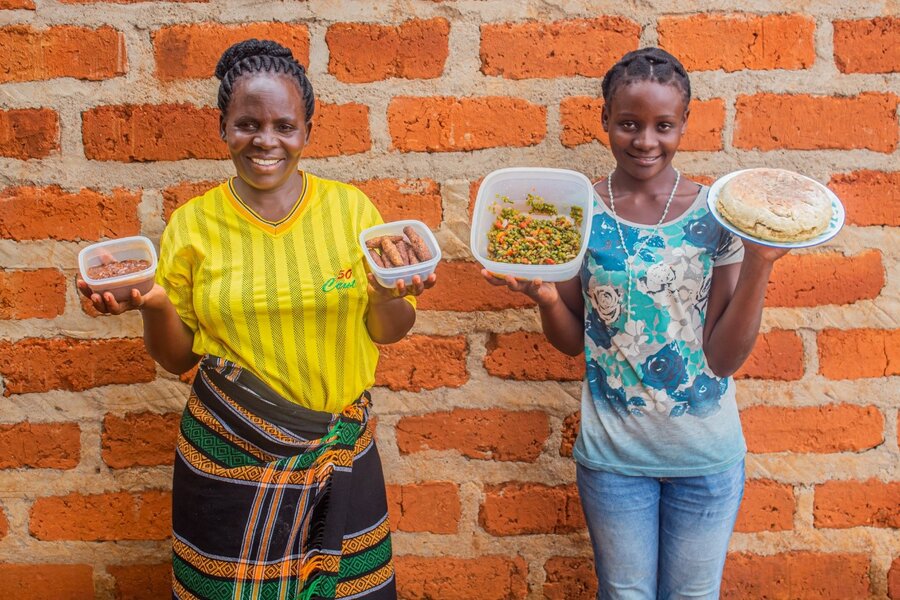
This article marks the UN's third World Pulses Day on 10 February
“Pulses changed my life,” says Emeldah, referring to the humble pea family of legumes that includes beans, chickpeas and lentils. “They’ve not only improved my income, but also the health of my family and community as a whole.”
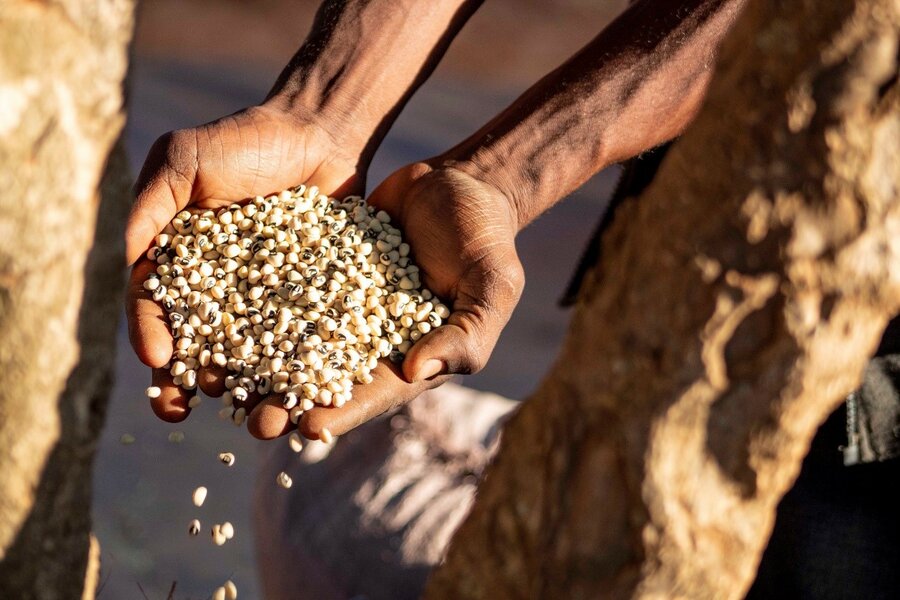
Emeldah lives in Monze – a small farming town in Zambia’s Southern Province – and is one of the 150,000 smallholder farmers that the World Food Programme (WFP) is supporting in the country.
Like most farmers here, she depends on rain-fed agriculture in an area prone to adverse climate conditions: severe droughts and intense rainfall. For generations, all her family grew was maize – a crop highly vulnerable to drought and flooding but which dominates food production in Zambia, where poor dietary diversity means low levels of growth, known as stunting, for 35 percent of children.
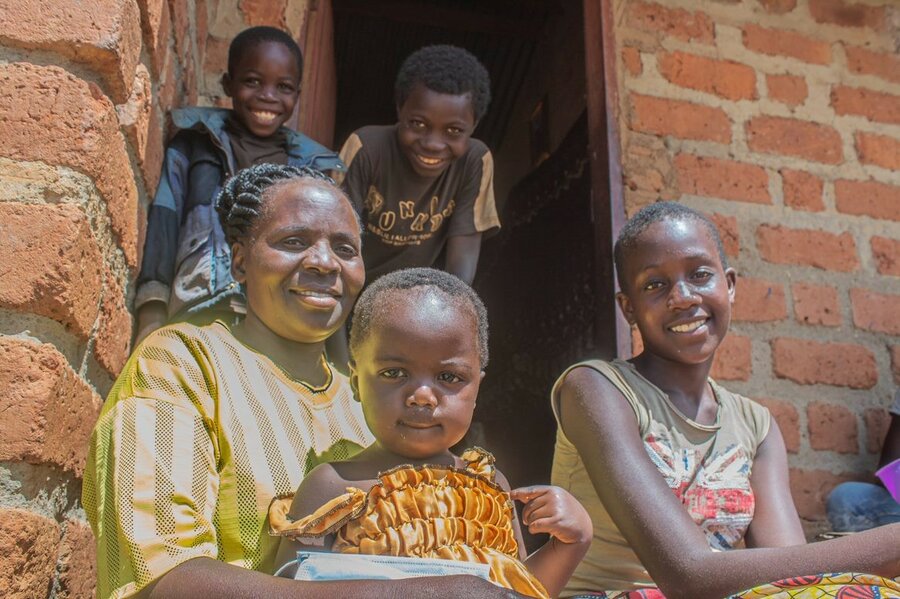
“As time went on, dry spells and droughts became longer and more intense, and our community could no longer predict the rainfall pattern,” says Emeldah. “Year by year, I didn’t know if my maize would make it to harvest.” With such unpredictability, Emeldah wanted to take back control of her life. In 2017, she joined her local farmers club, where WFP was providing support to farmers so that they could produce more, reduce post-harvest losses, access new markets and increase their incomes.
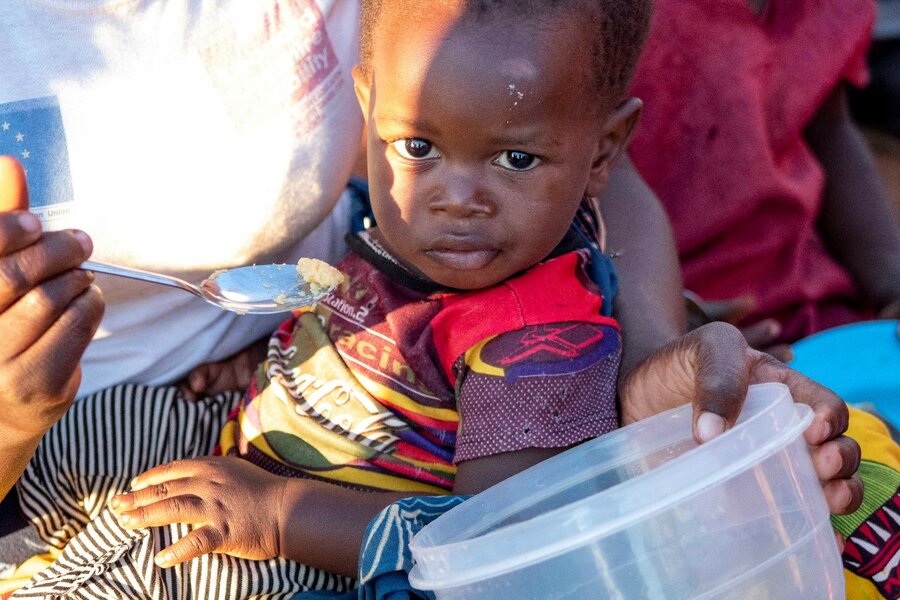
Up to 27,000 smallholder farmers like Emeldah have benefited from access to drought-tolerant and nutritious seeds. One of the crops WFP promotes is pulses – such as cowpeas – because they are inexpensive, easy to store, highly nutritious and can withstand drought stress.
It all started with her first harvest of cowpeas, her biggest ever.
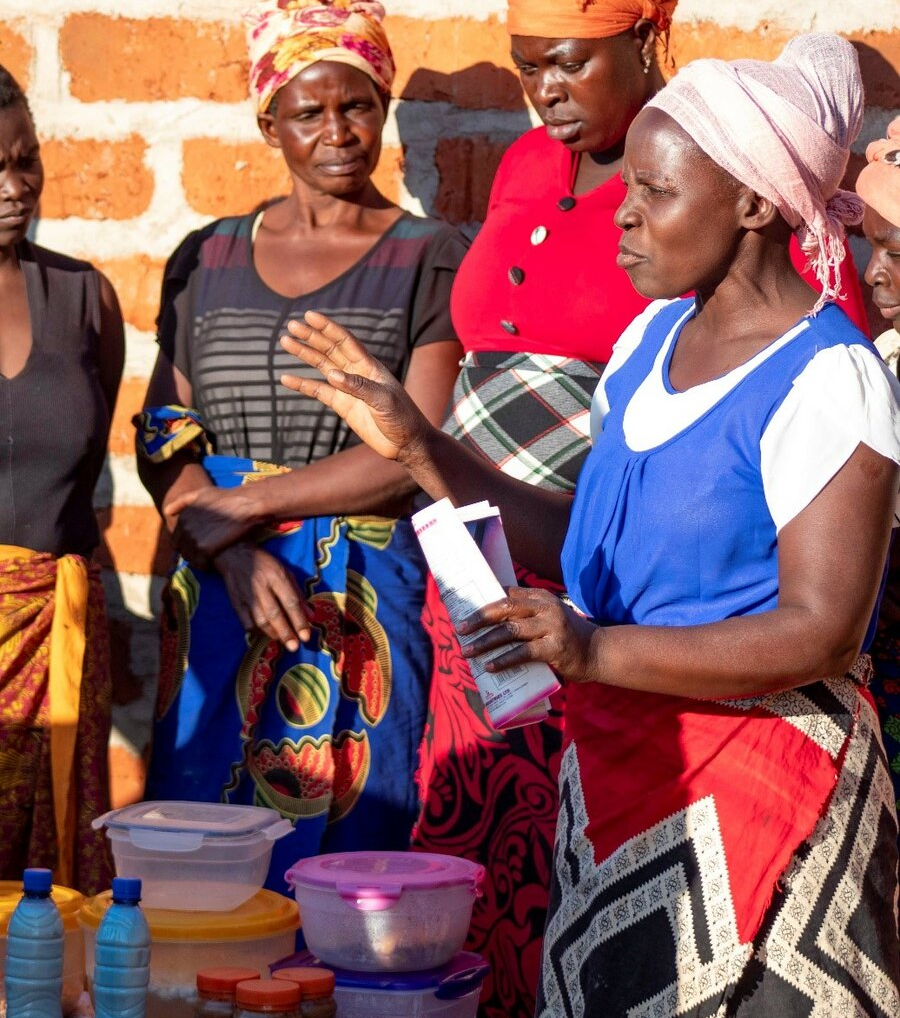
‘’When I was only growing maize, I would earn around 8,000 Zambian kwachas [around US$370] on a good year,” says Emeldah. “Even during the drought in the 2018-19 season ... I harvested 11 tons of cowpeas, worth five times that. None of my maize made it to harvest that year.”
The cowpea yield meant she could put food on her table and pay for her children’s school fees, at a time when hundreds of thousands of farmers sought food assistance after losing entire maize fields.
Gap in the market
Emeldah began growing even more pulses: green beans, soybeans, cowpeas and brown beans, as well as staples such as maize, groundnuts and sweet potatoes.
She also spotted a gap in the market for food items made from pulses. For years, she had made maize fritters to sell to her community. Now, she has diversified her food items and taken her business to a whole new level.
“I’ve learnt how to make sausages, fritters and mince out of cowpeas. I can also make coffee, milk, scones and cake out of soybeans, as well as pea salad and brown bean mash,” she says. “You can literally make anything out of pulses – you can have a completely different meal for breakfast, lunch and dinner, and each meal is packed with protein.
“My community loves the products. The cowpea sausages are a big hit. Each day I make around ZMW 2,000 [US$93] in sales. It used to take me a week to make that selling maize fritters.”
Through training she received from a WFP nutrition group on the importance of a healthy diet, Emeldah also learned to make cowpea porridge.
‘’I started to make cowpea porridge for children in my community. It helps them grow healthy and strong. I swap my recipes with members of my farmers club and run cooking demonstrations in my village so that we can all benefit,” she explains.
Benefits are threefold in helping tackle the ‘triple burden’ of malnutrition – undernutrition, overweight and obesity – a growing problem in Zambia with obesity rates as high as 23 percent for women and girls.
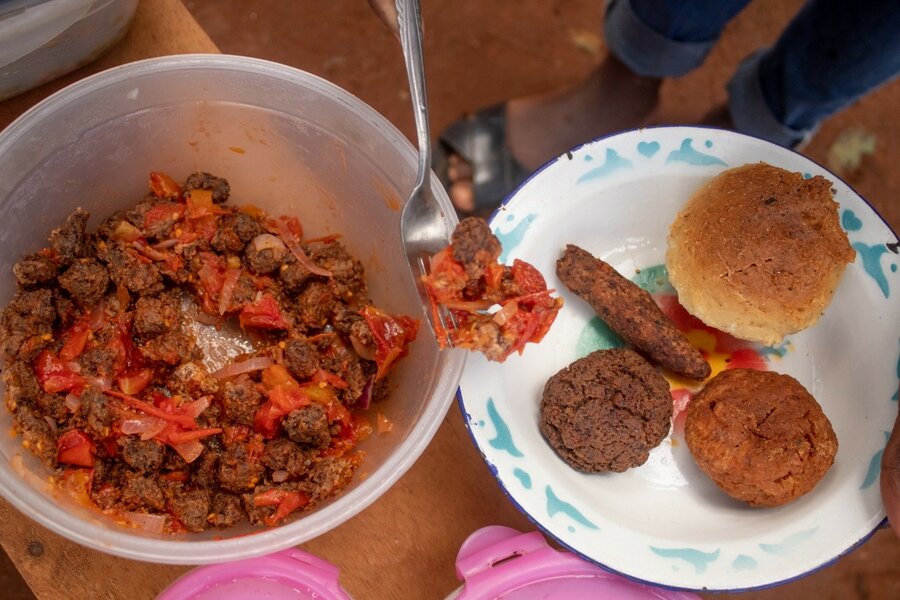
“I’ve not only seen the health of my children improve, but the health of my community. Our children are strong now, and people are eating my products made from pulses instead of only consuming maize or buying unhealthy processed food in the shops,’’ says Emeldah.
But her story doesn’t end there. After receiving training on entrepreneurship and business management from WFP, Emeldah started to use her profit from selling food items made from pulses and increased harvests to buy and sell other farmers' crops to larger buyers.
Buying in bulk
“In 2020, I earned ZMW 64,000 [US$2,972] from buying other farmers' produce and selling it on to larger buyers,’’ she says. “I attract larger buyers to my farm as I have enough income to buy and bulk produce to make their visit worthwhile.’’
“I used some of my profit to buy goats. I’m in the process of building a storage shed so that I can buy, store and sell even more produce, as well as a shop to sell my food items made from pulses. One day, I hope to earn enough to send my children to university.’’
WFP’s work with smallholder farmers in Zambia is supported by Germany, Sweden, Switzerland, and Green Climate Fund.



